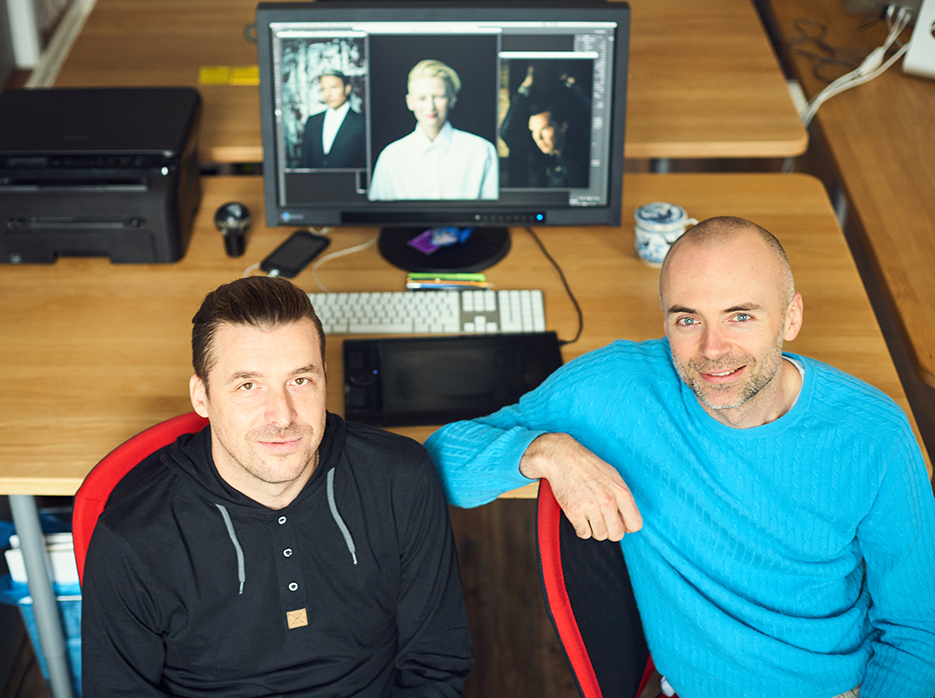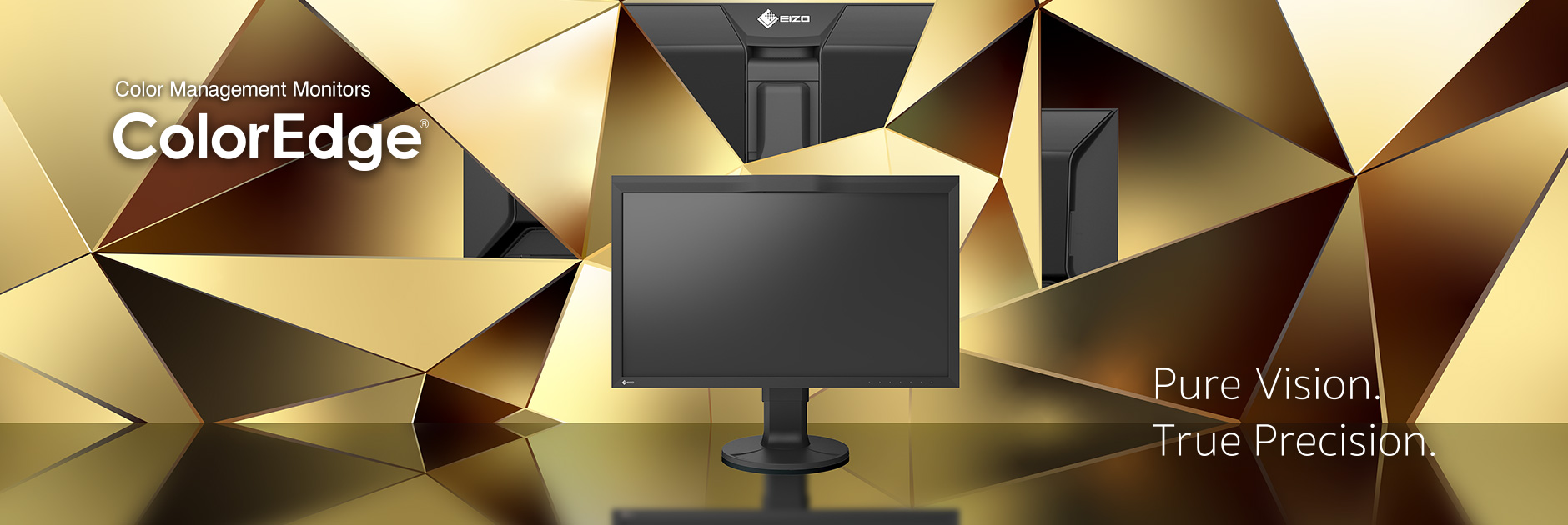Case Studies
House of Retouching
House of Retouching is the best known post-production studio in Poland. Throughout the years, it has collaborated with such prestigious clients as Vogue, Disney, and Warner Brothers. Its co-founders, Tomasz Kozakiewicz and Krzysztof Gadomski, created a unique creative space that they’ve recently decided to open for all those willing to learn the secrets of their craft.
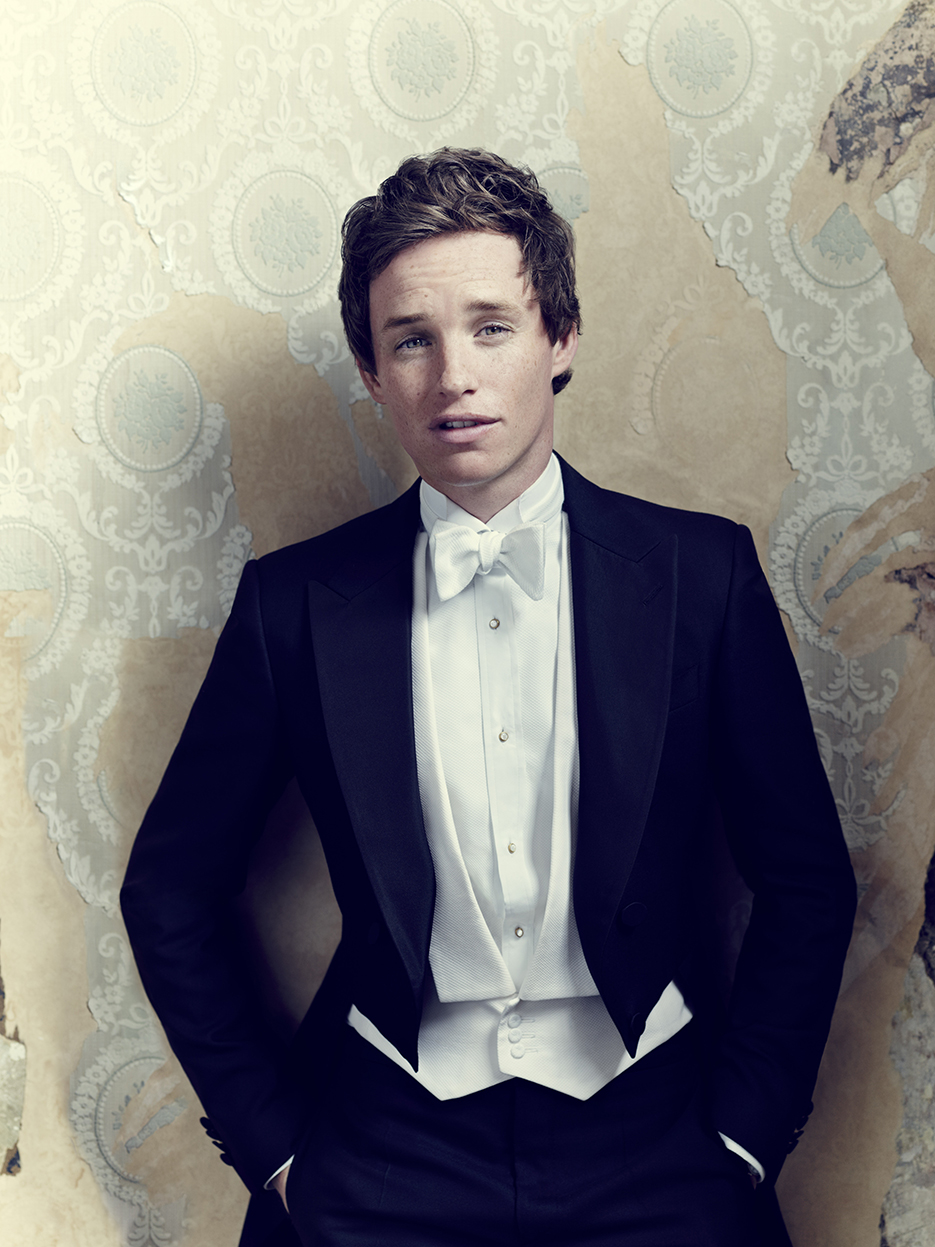
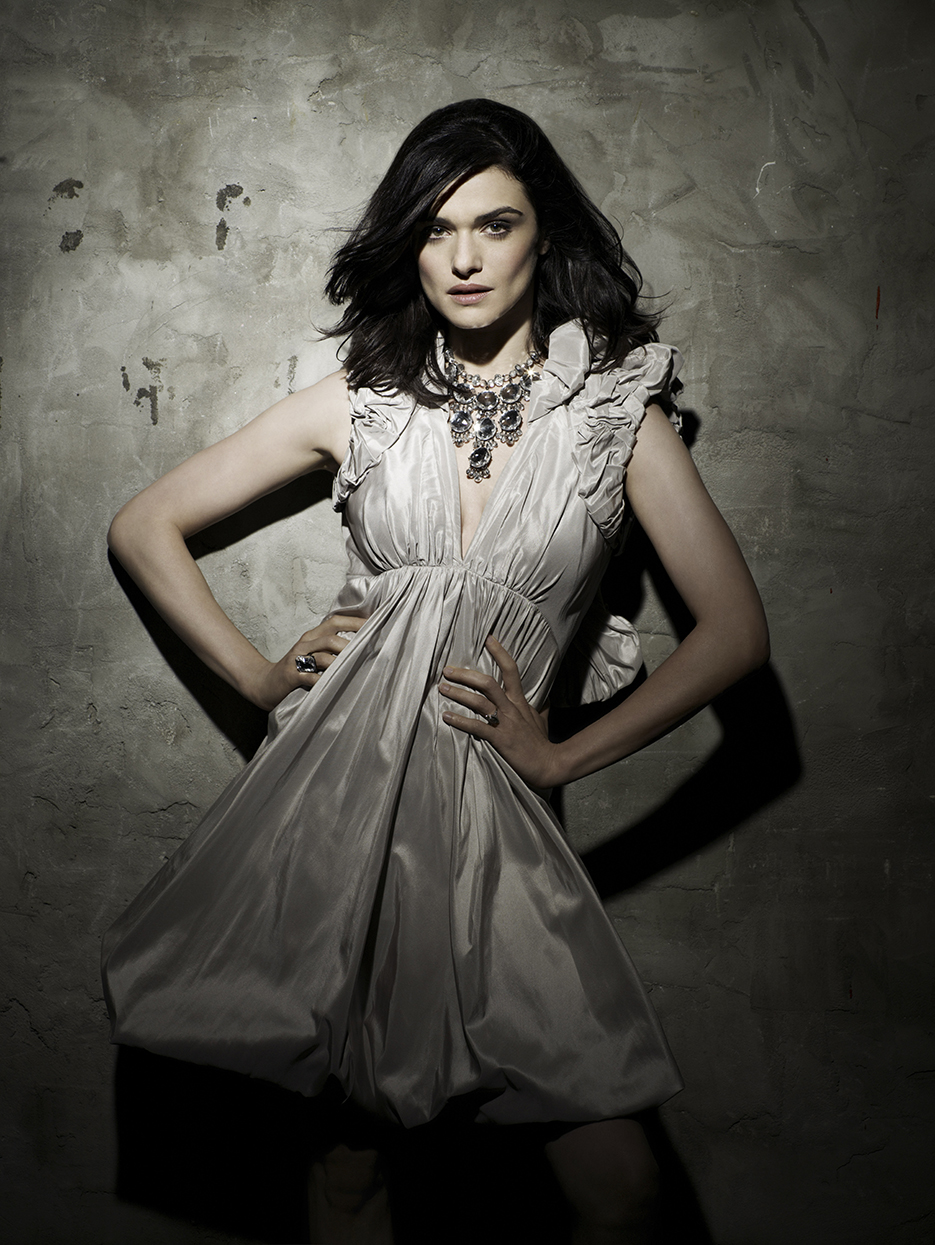
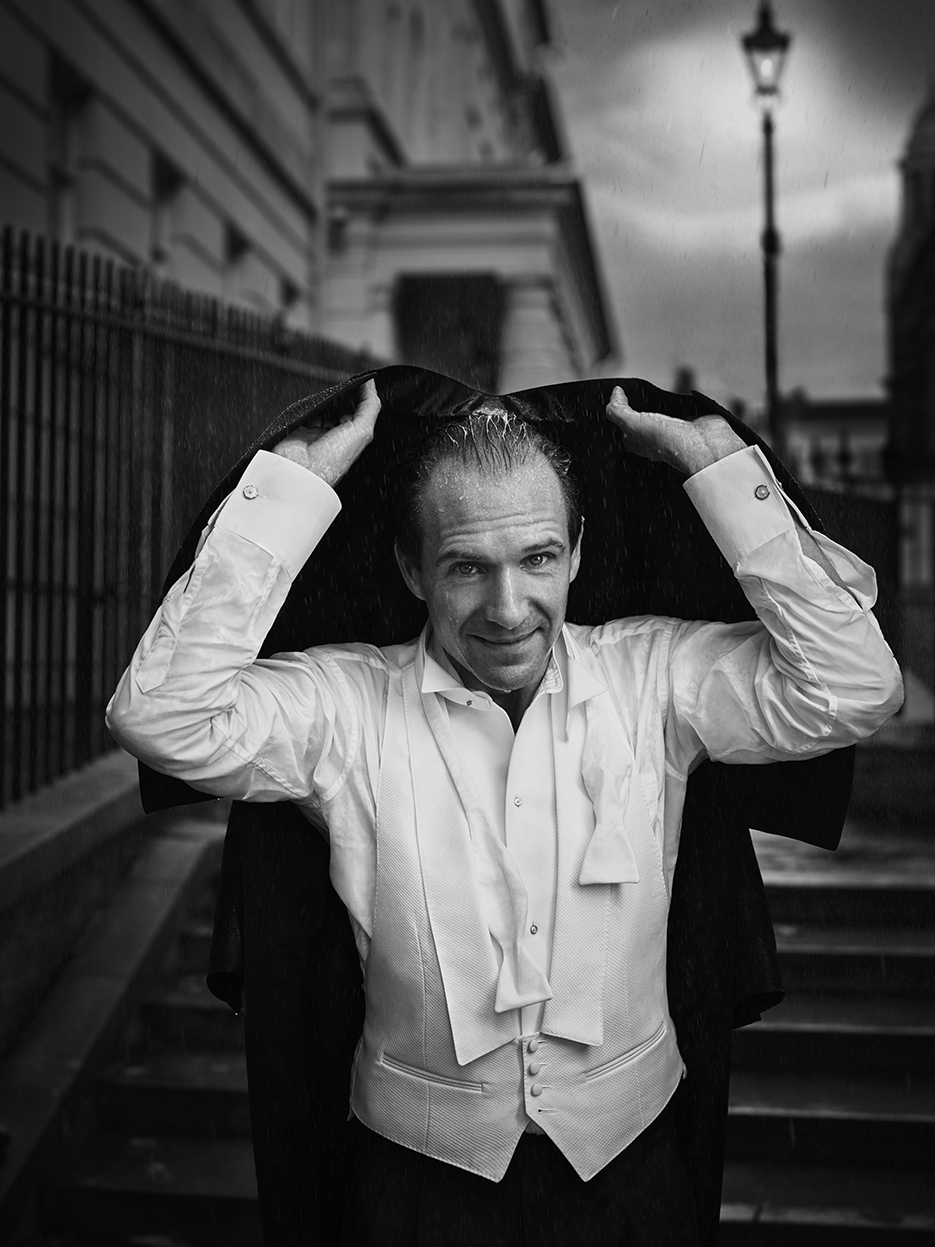
Could you share your story with us? Why retouching instead of photography?
Tomasz: We both used to work in advertising, but in different specializations. Krzysztof was a computer and programming expert, while I knew a lot about photographing techniques and software. We chose retouching because it was a perfect combination of our passions. It’s thanks to our different backgrounds, that we complement each other so well. Where one of us feels out of his depth, the other is confident and vice versa. Two heads are better than one, as they say.
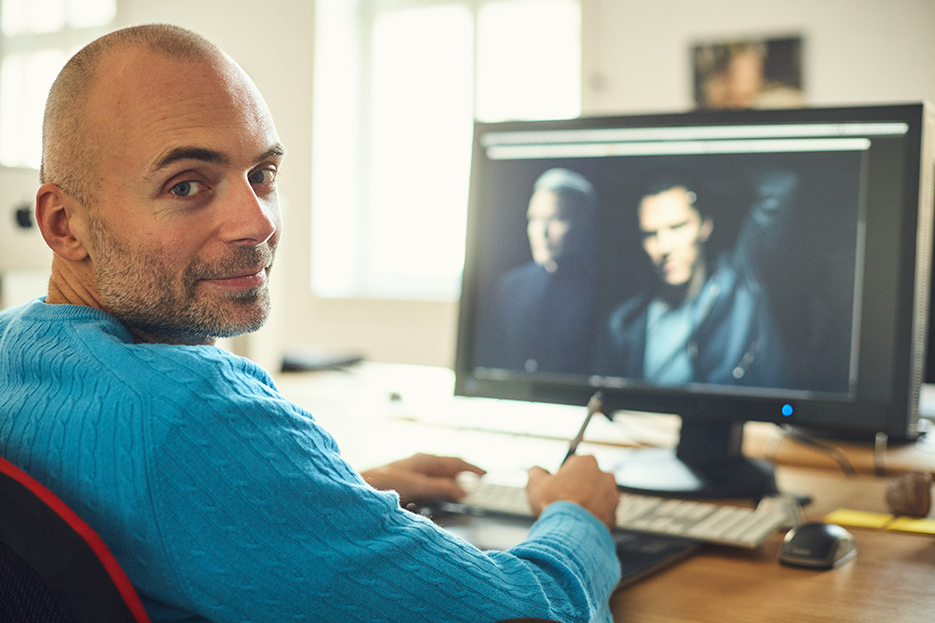
Krzysztof: Photography has always been Tomasz’s thing, but when we decided to open the studio, we had to meet in the middle and find a way to make our talents work together. Sure, if we were photographers, we’d probably be more famous. Post-producers work away from the limelight, but their job still leaves plenty of room for creativity. In the era of digital photography, retouching pictures is almost as important as capturing them. Sometimes the photos end up so heavily edited, that we can consider ourselves co-authors of the final product.
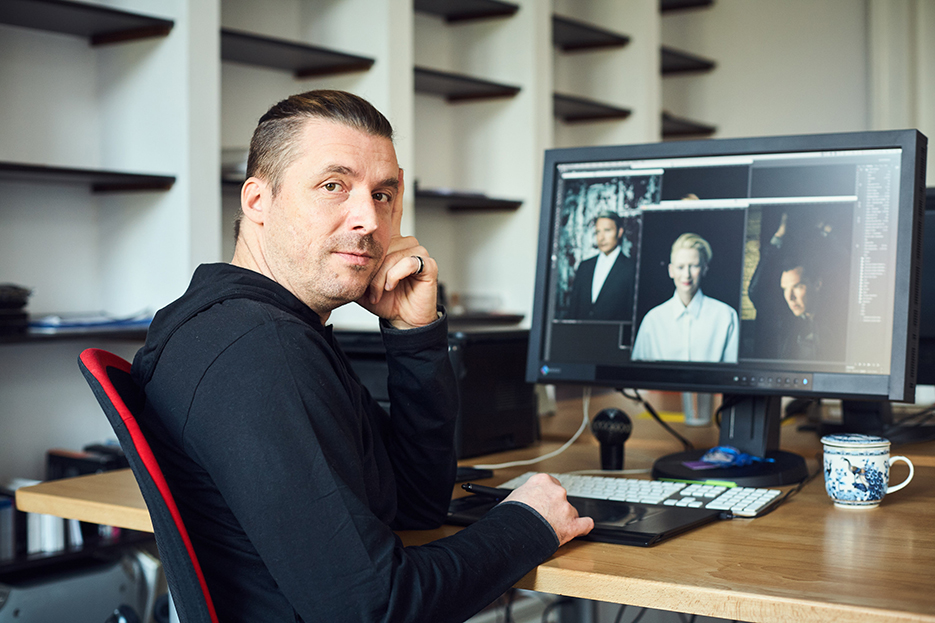
What kinds of pictures are your favorite? Are there any artists you particularly like to work with?
T: The best pictures to work with are the good ones, obviously.
K: Well, yes. We don’t really have a favorite kind, like fashion photography or portraits. Of course, we do have personal preferences – for instance, we like to work on pictures with some contrast rather than the mellow ones – but in general, it’s more important to us that the author made an effort and put some serious thought into it. Very often it’s the subtle and sometimes subjective details that make us really invested in a project.
T: Exactly. The photographer’s name doesn’t matter, although expectations are always higher, when it comes to the famous ones. For us, quality is the deal breaker. From time to time we come across some real gems, pictures that stay with you or that we managed to substantially improve in a creative way.
What’s it like working as a team? Is each of you responsible for a different part of the project?
K: We’ve been working together from the very beginning, and we quickly figured out the best way to do that. We’ve always been supportive of each other, often comping up with different solutions after hours of heated discussions. By now, we have such a methodology, that we can have a few people editing one file simultaneously. At first, it was a serious challenge – we had to work out a routine and stick to it. You’d think any kind of routine kills creativity, but in our case it was the exact opposite.
T: The beginnings weren’t easy, but I think, that was the key to our success. We organized layer groups in Photoshop and put them in a specific order so that everyone knew what to do and didn’t have to wonder how to go about it. A well-thought-out methodology encourages creativity, because it frees you from the technical constraints. Instead of wasting time on the “how”, you can focus on the “what” – what to add, what to change to improve the picture.
K: Each of the many stages of our work has its own appeal, but both of us are particularly fond of color work. It’s very important and at the same time really fun to do. We don’t have any division of labor, though. We’ve been working together for ten years now, so it’s almost impossible to tell which of us edited a given picture.
Do you have a trademark, something that sets your work apart from the others?
K: That’s a tough one. (laughs)
T: It’s really hard to say, since we create a different style for each photographer. We tend to stick to what we call a natural philosophy – we want people to be themselves even though the picture undergoes editing. We also have a very specific set of rules, so all pictures that leave our studio have certain things in common. I like to think it’s the lighting and the color balance
K: Sounds about right. Another thing I find important is respecting the author’s intentions. If we stay true to the original idea, we can uncover the photo’s hidden potential without getting carried away during editing and changing too much. Once again we try to stick to our natural philosophy – we don’t want the photograph we edit to turn into a computer graphics.
How important is equipment in the work you do?
T: Post-production is very demanding when it comes to hardware requirements. The most important devices are of course a computer, monitor, and tablet. If someone told me I could only have one quality device and asked me to choose, I’d pick the monitor. I know it sounds like I’m promoting EIZO, but it’s true: I can wait for a slow computer to process my data, and I can fix inaccurate lines drawn on a lousy tablet, but if I don’t see the real colors of the image I’m editing, because my monitor doesn’t reproduce them properly or doesn’t calibrate, then I’m doomed.
K: It’s true, though it doesn’t mean a good computer, tablet and software aren’t important too. To achieve a satisfactory result, all elements need to work together. Besides, the picture must be edited not only well, but also fast. Especially if you work on high resolution images (and these days you can come across 100 MP camera systems), without good equipment you won’t finish before the deadline. When it comes to speed, every component counts – from hard drives to the monitor’s resolution.
Do you know a lot about hardware? How do you choose the solutions you use?
K: We’ve been working in this industry for many years, so we’ve gained a lot of practical knowledge. I think we know our way around equipment rather well, though not as well as people who specialize in it. When it’s time to buy a new device, we try to determine what will work the best for us – a small studio with big needs. Our clients expect us to deliver high quality and maintain high standards, so we have to expect the same from our hardware.
T: And in reality, that means Apple, EIZO, Wacom, Capture One, and Adobe.
K: We’ve always favored the best brands, and I think that in the long run such an approach is both the best and the cheapest. The best because with poorer quality devices we wouldn’t have finished many of our projects, and the cheapest because equipment reliability is invaluable.
T: We have a couple of really old Mac Pros that work just fine despite their age. Our Wacom tablets are already ten years old and still kicking. EIZO monitors appeared in our studio five years ago and we haven’t had a single issue since. We started out with a 24” model, and now we work on CX270. They’re great monitors, especially in their price range. Right now we’re contemplating switching to a 30” model. A bigger work space and a higher resolution would translate into better work efficiency and significant savings. For me, the difference was the most palpable when I switched from a 21” model to a 24” model with a higher resolution. I realized that my retouching became much smoother and faster, because I could see a bigger part of the image at once.
K: Working on a bigger screen has a lot of benefits. But to answer your question: before buying a monitor, we always take a close look at its parameters. For instance, we check, if it can reproduce the entire Adobe RGB color space, and if not, how much it does cover. We read reviews online and try to find out as much as we can about the monitor: What kind of panel technology does it use? Does it feature self-calibration or self-correction? What kind of warranty does it come with? The price is obviously a factor too. As for EIZO monitors, they offer a very good cost-quality and cost-reliability ratio.
What’s the best way to learn retouching?
T: Attending our workshops, of course. (laughs)
K: We try to convey our entire work methodology in a nutshell. It’s a course that will save you a few years of work, help you avoid mistakes, let you familiarize yourself with the equipment, and give you the opportunity to meet people from the industry. But if you want to become a good post-producer, you need to be prepared for a long journey of self-improvement. It takes time to find your own path.
